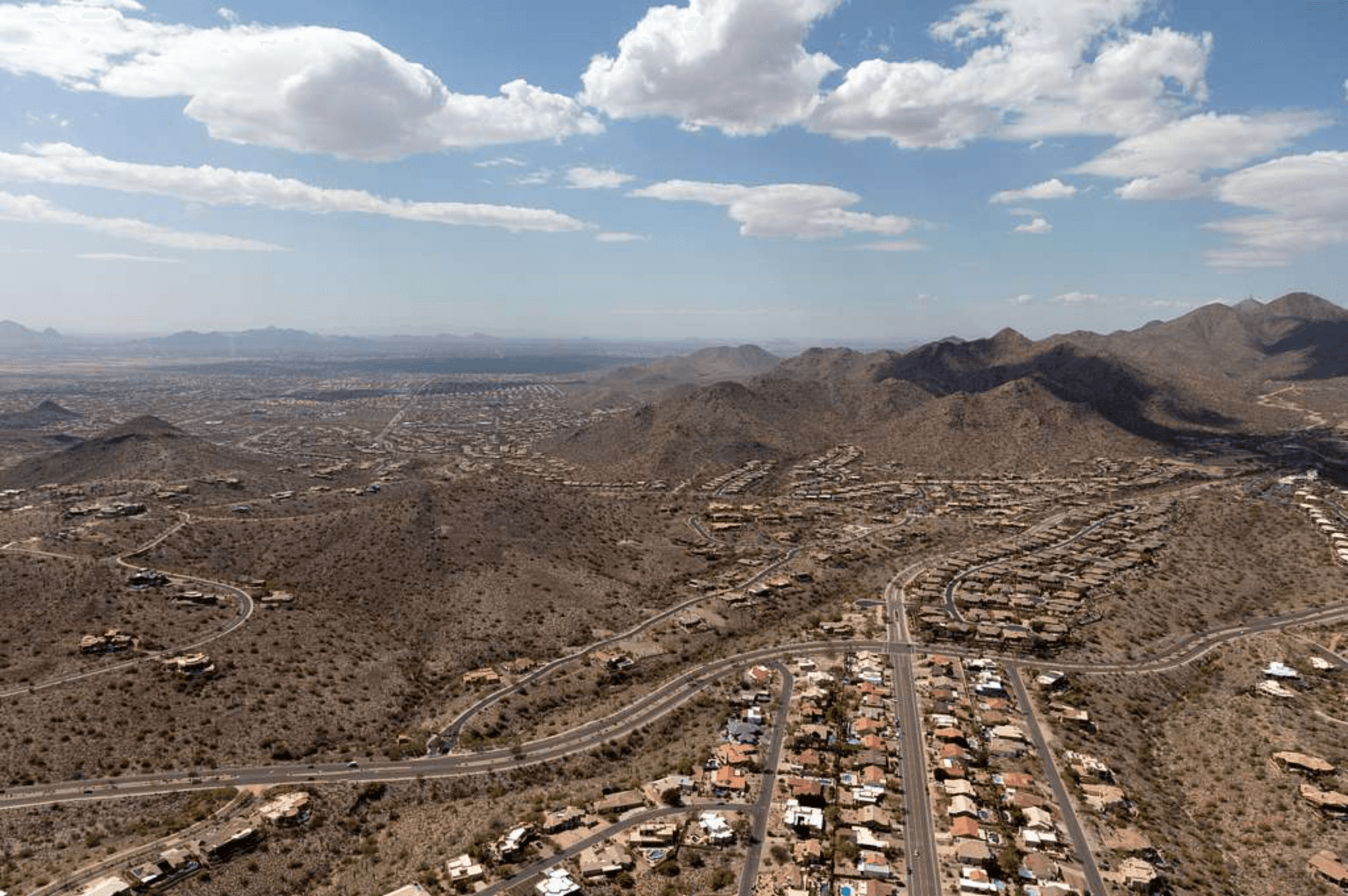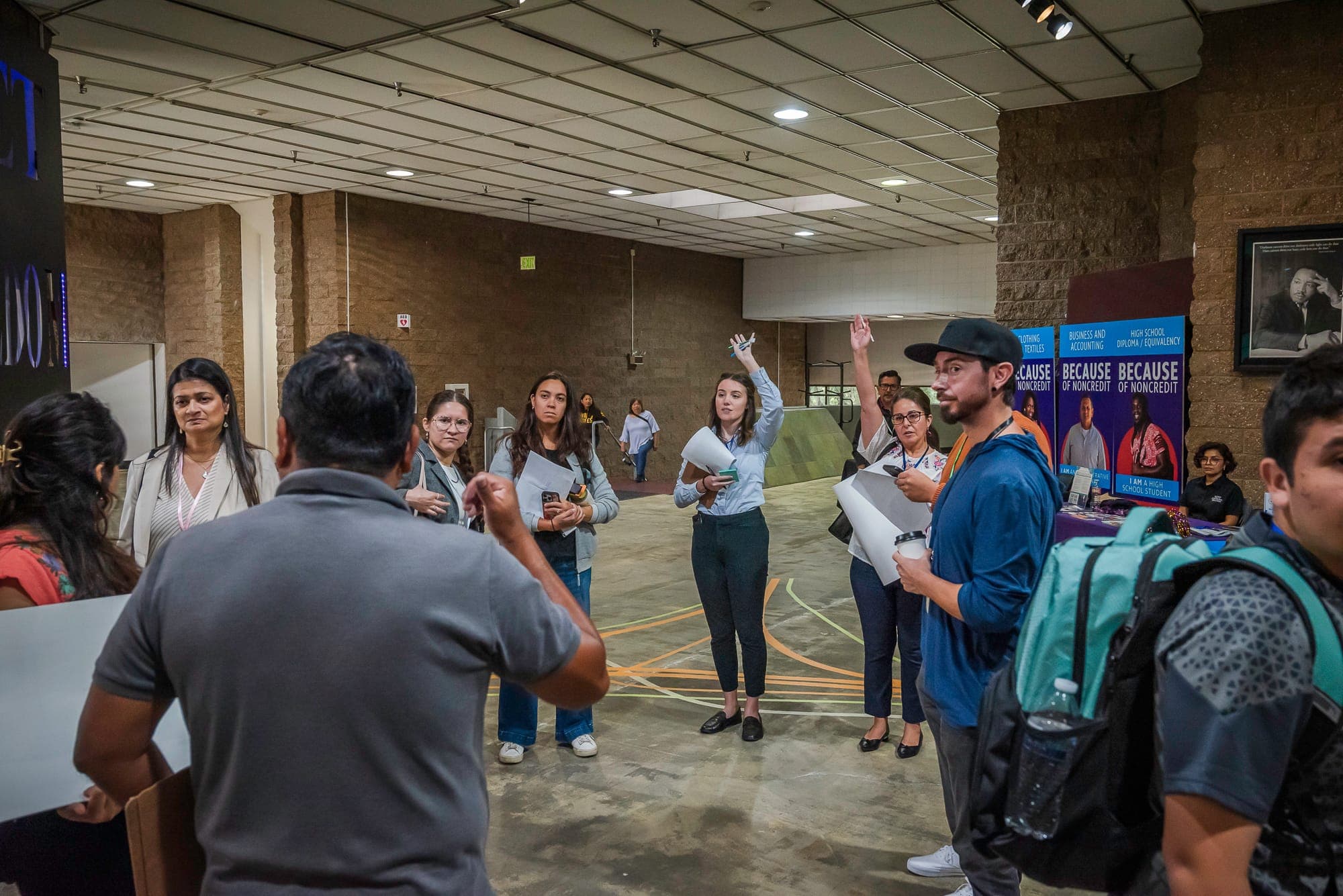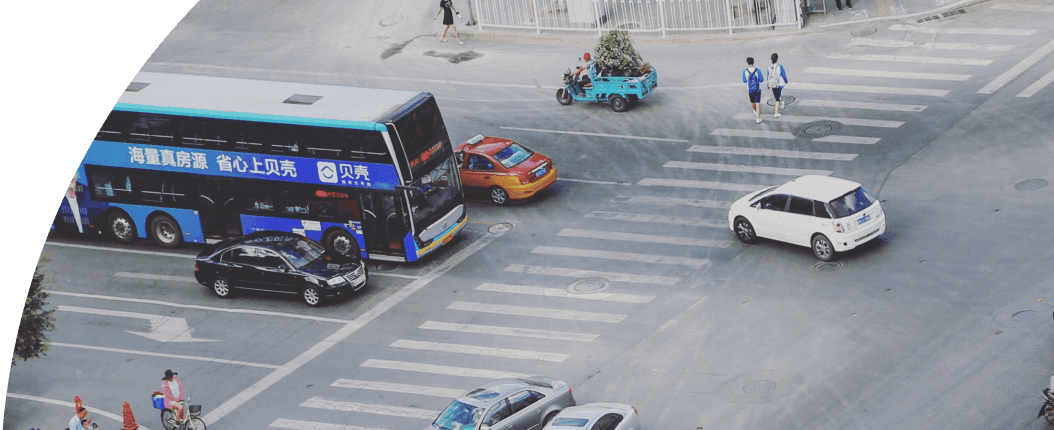
News
By Joseph Mendonca, October 15, 2025
We’re short 4.7 million homes. Our approach to housing aims to build more homes in the right places at the right price so that everyone can live in a community that supports them at every stage of life.
But what do we mean by the right place? In this series of explainer blogs, we’re taking a closer look at how, in addition to focusing on supply, smart growth strategies on type, place, and price are essential to solving the housing crisis and creating the types of homes and communities that allow people to stay, grow, and thrive.
We've been building in the wrong places for too long
For decades, land use policies have shaped the way our neighborhoods look and feel, determining where we can build new homes, what types we can build, and how they can look. In many places, these policies have focused on building more sprawling subdivisions on the urban fringe, with communities expanding outwards onto natural and agricultural lands.
But this approach has drawbacks. Building on the edges drives up costs for governments and households, all while not meeting demand for where many people actually want to live. Instead, communities should focus on building homes in connected, convenient, and climate-safe locations, close to jobs, schools, and daily needs. In doing so, they can:
1. Meet the demand for walkable, connected communities
Our Foot Traffic Ahead report found significant price premiums for homes in walkable places like main streets, indicating significant unmet demand for more homes in these areas. In other words, more people want to live in walkable areas, but because we limit the building of housing there, there aren’t enough homes for everyone. This pushes prices up, limiting the number of folks who can afford to live there. The current rules, for example, restrict walkable development to just 1.2 percent of the land area of the U.S.’s largest metropolitan areas.
2. Provide people with more options for how they get around
When homes are far away from our daily needs, it is challenging for those without easy access to a car and the ability to drive to access jobs, schools, grocery stores, and other necessities. This means many people have to dedicate significant amounts of income to car ownership and other expenses, like gas, parking, tolls, and maintenance, while also spending much of their time traveling to their destinations. On top of that, with an average of 20 pedestrians killed each day in 2022, as found in our Dangerous by Design report, building on the edge isolates many to their homes—or forces them to risk their health and safety.
3. Allocate limited resources more efficiently and make better use of underutilized land & existing infrastructure
When development occurs on the edge of communities, more roads, pipes, wires, and other infrastructure must be built and maintained. Our Smart Growth Fiscal Impact Analysis found that local governments can use their budgets more effectively by focusing development on vacant or underutilized lots within communities, taking advantage of existing infrastructure, and serving more people with fewer expenses.
4. Build new homes outside hazard zones
As communities expand into wetlands, forests, farms, and other natural and agricultural lands, more people are put in the path of hazards like floods, wildfires, or hurricanes. This increases risk to lives and property and increases costs to make upgrades and, if disaster strikes, recovery.
How we lead this work
To build in the right places and support vibrant communities, our land use policies need to change. Smart Growth America supports efforts to reform outdated rules, rethink land availability, and identify and improve financing tools, with the goal of building more housing in the right places.
Our work on land use policies focuses on:
1. Promoting infill development
Many underutilized or vacant lots are owned by public entities (like local governments and educational institutions), faith-based groups (like churches), and large employers (like those with commercial or office parks). Reformed land use policies, as well as incentives for public-private partnerships and development of underutilized sites, can support the conversion of these high-potential sites to housing, helping meet community needs and generating better value for the taxpayer or investor.
Infill development focuses on building housing on underutilized or vacant lots within existing neighborhoods. By building here, communities can take advantage of existing infrastructure, invest in their neighborhoods, and strengthen the urban fabric. With infill, more people have easy access to amenities like job centers and diverse retail environments, providing more economic opportunities and a better sense of community.
2. Supporting transit-oriented development (TOD)
Transit-oriented development brings increased density and a mix of uses (homes, businesses, etc.) in areas with public transit, like buses, streetcars, or subways. This means more key destinations are close to public transit, allowing more people to reach their jobs, schools, grocery stores, and other daily needs without needing to own a car. TOD also supports communities with constrained budgets; since transportation infrastructure often requires significant public investments, unlocking more development around transit and boosting transit ridership provides a greater return on investment.
TOD can take place through both public and private development. State laws, like California’s SB 79, for example, change zoning codes to allow more development around some of the state’s metro, light rail, commuter rail, and bus rapid transit systems, while also allowing public transit agencies to directly pursue development on land they own.
3. Redeveloping brownfields
Brownfields—former industrial or otherwise contaminated sites—were often major employment centers and are often well-served by existing infrastructure and located within existing neighborhoods and communities. However, they can also pose public health and environmental risks. Floods or wildfires can spread contaminants from these sites (heavy metals, oil residue, and other industrial chemicals) into surrounding homes, waterways, and public spaces.
Equitable and sustainable redevelopment of brownfields allows for the cleanup of these sites, removing or neutralizing the contaminants so that they no longer pose health risks, and reusing this land for housing or community amenities. By redeveloping brownfields, communities can make use of existing infrastructure, support community prosperity, and alleviate risks to public health. Our National Brownfields Coalition advocates for federal policies to support brownfield remediation and redevelopment.
4. Building climate resilience
By building in areas with lower risks of climate hazards, like floods and wildfires, communities can lower household and governmental costs of building resilient homes and infrastructure. To do this, communities can incorporate both present and future climate concerns into their land use policies.
Climate-informed zoning, for example, can help direct new development away from areas prone to hazards by providing density bonuses in locations more likely to be safe for the long term. Planning for future climate impacts can also mean fortifying or investing in infrastructure in hazard-prone areas with significant existing development, a problem faced by many coastal or riverine cities. The market need for additional safe, climate-resilient development is especially likely to impact climate havens, where there is relatively lower climate risk.
What work we’ve done on place in the past
Smart Growth America works with communities across the U.S. to help ensure we’re addressing the nation’s housing shortage by building more housing in the right places. We provide direct support to local governments and community-based organizations, advocate for reformed land use policies and financing arrangements, and conduct research and thought leadership on emerging trends.
Our recent work has included:
- Vermont State Designation Program Evaluation and Reform: SGA led this state-level advisory project, which led to adoption in state law less than one year later. Work focused on how a state program could direct more housing into town and village centers and reduce development’s vulnerability to climate impacts, especially flooding in historic riverfront towns.
- North End Equitable Development Strategy (NEEDS): SGA supported a group of residents from the North End of Newport, Rhode Island, to advocate for housing affordability in their neighborhood, leading to the adoption of local zoning amendments.
- The Case for Climate-Informed Zoning: A Study of Fiscal Impact in Norfolk, VA: Together with the Lincoln Institute for Land Policy, SGA studied the economic impacts of Norfolk’s climate-informed land use policy, including an analysis of impacts on property values and on the city’s annual budget.
Related News

© 2025 Smart Growth America. All rights reserved
Site By3Lane Marketing






















